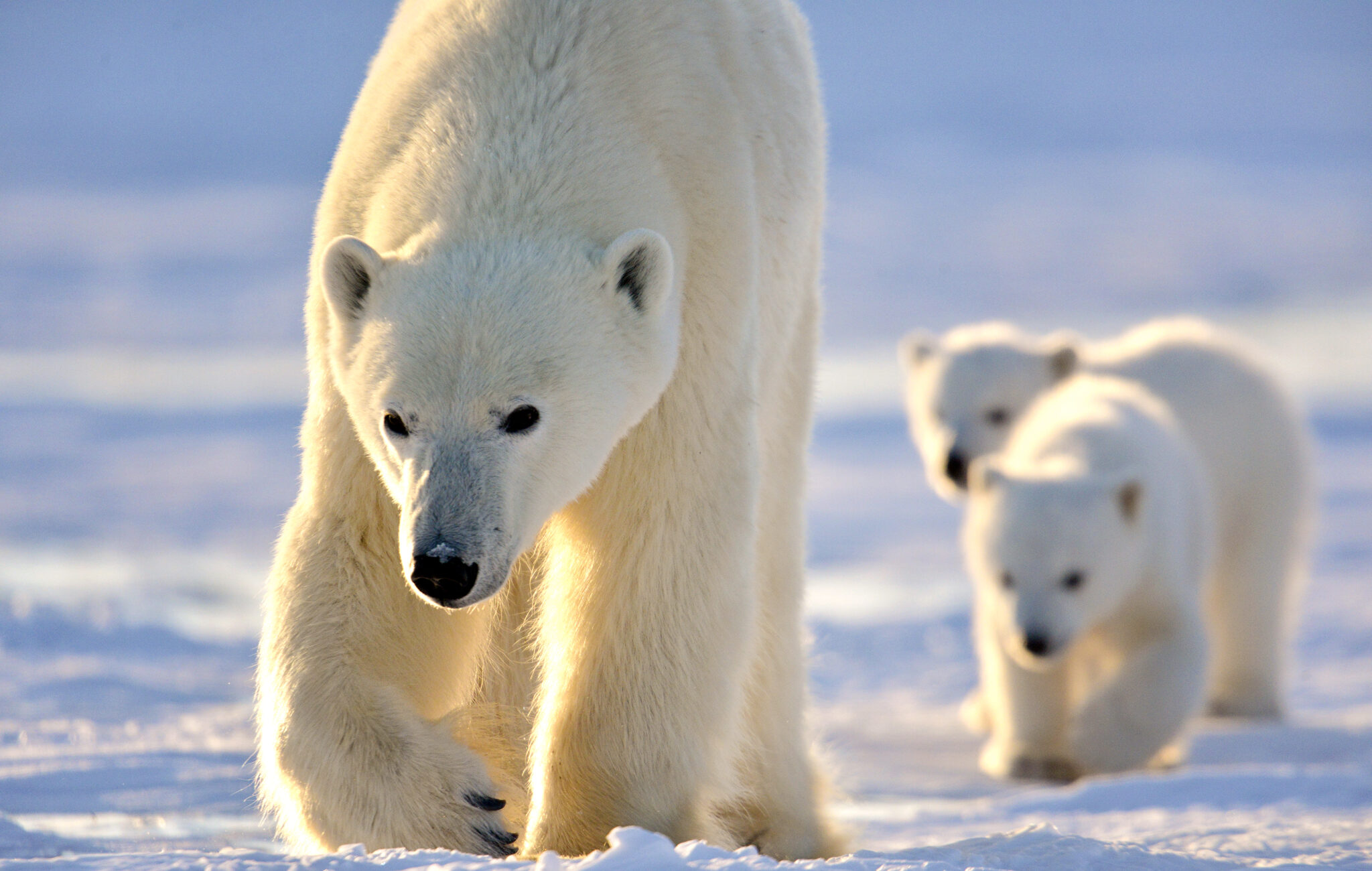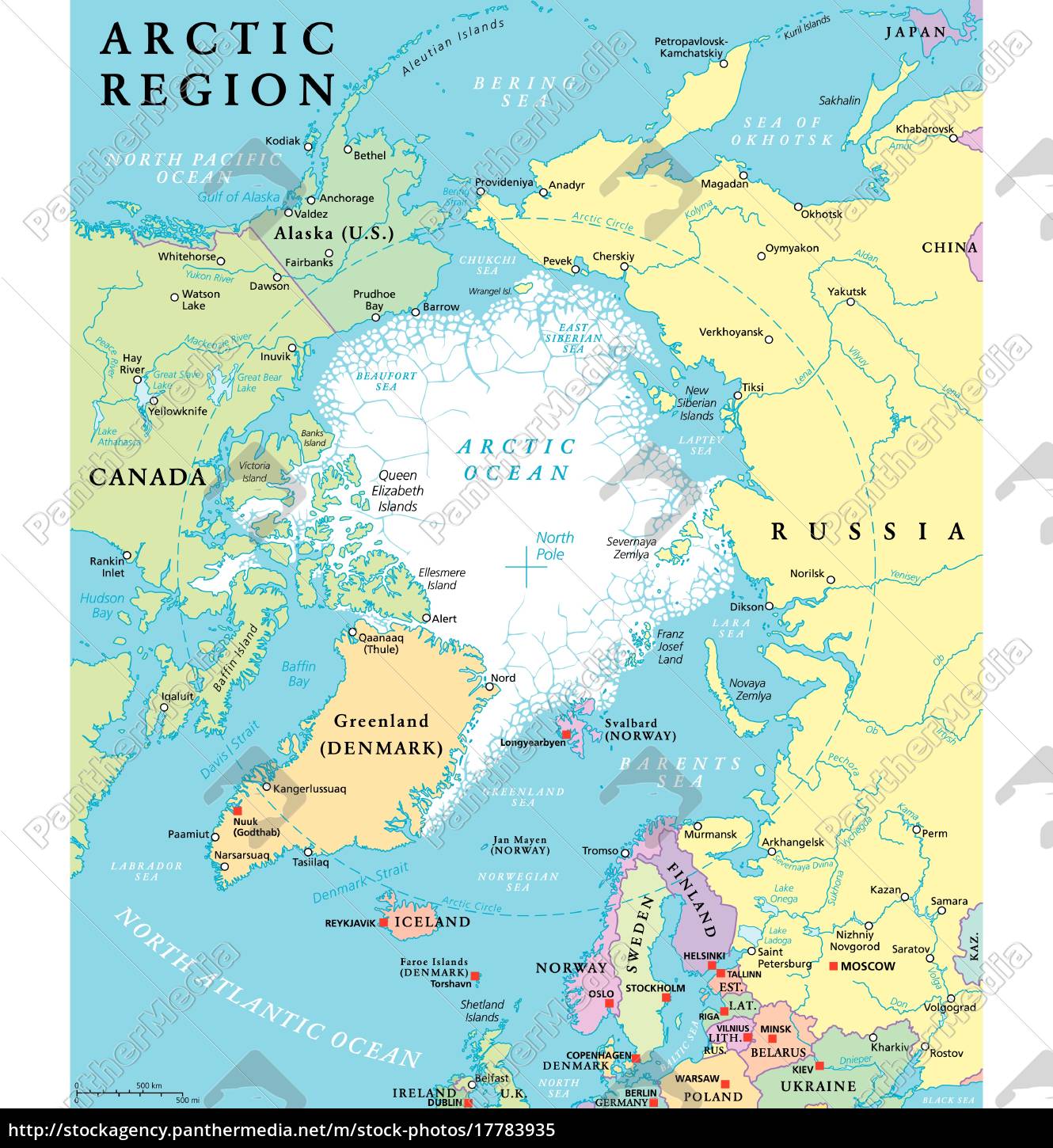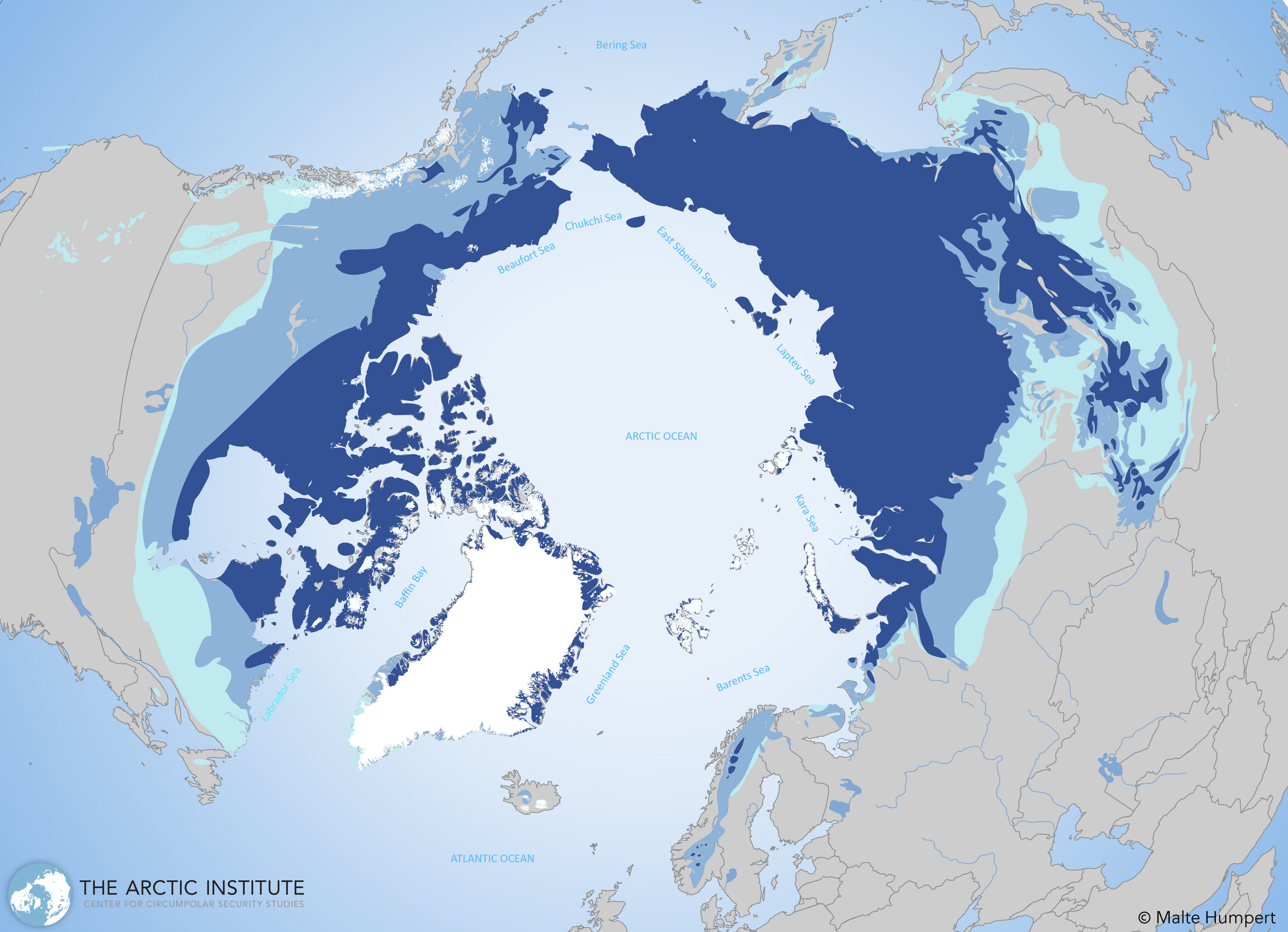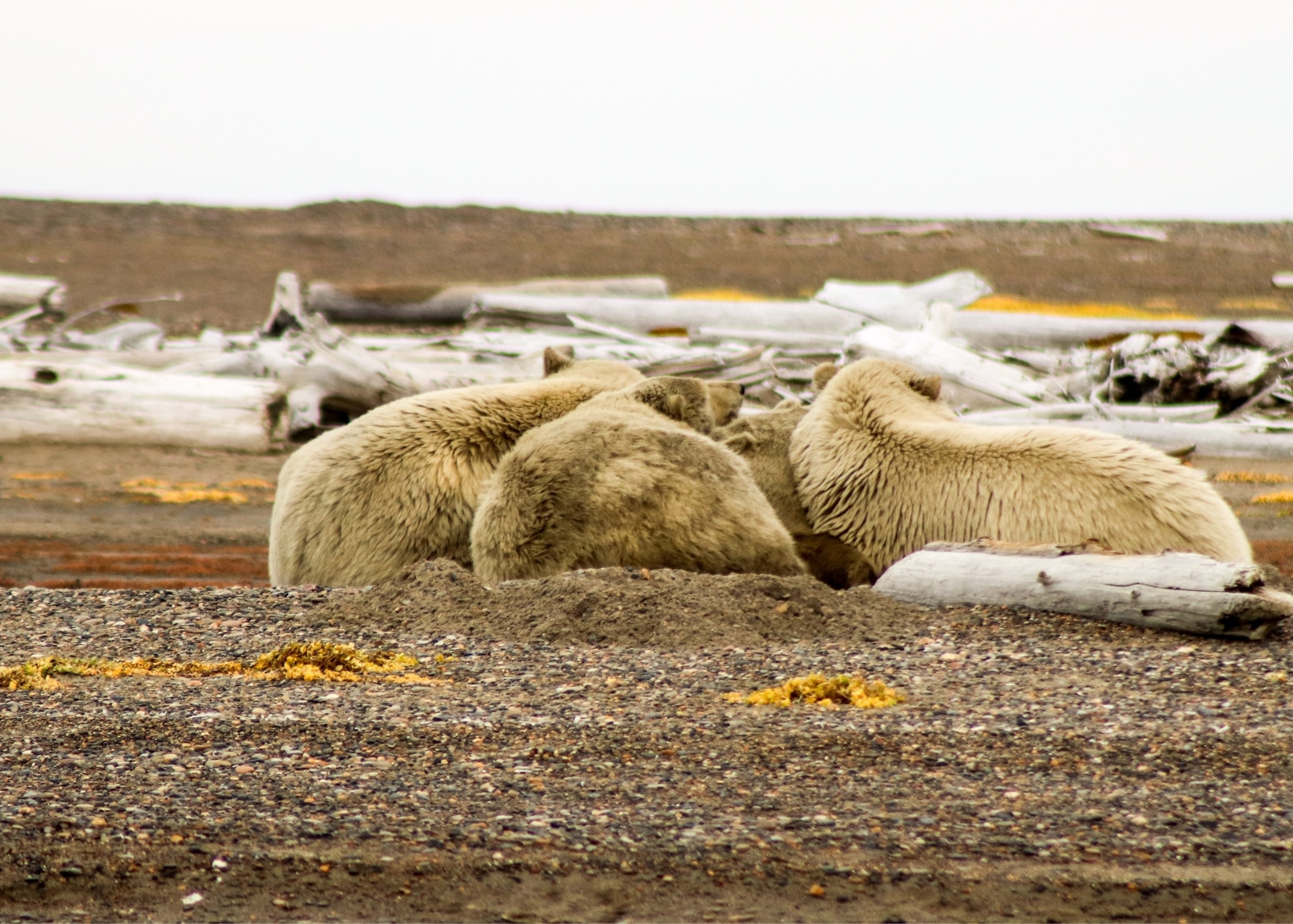Unveiling the Enigmatic Arctic: Your Ultimate Guide with "Arktis: The Ultimate Guide To The Arctic Region And Its Wildlife"

Arctic Safari Canada: Guide to Iconic Wildlife and Landscapes | Arctic - Source arctickingdom.com
Editor's Notes: "Arktis: The Ultimate Guide To The Arctic Region And Its Wildlife" has been published today, offering an unprecedented exploration of the Arctic's pristine landscapes and extraordinary wildlife. Amidst the growing global attention on climate change and environmental preservation, understanding the Arctic's fragile ecosystem is of paramount importance.
Through meticulous analysis and extensive research, we have crafted this comprehensive guide to empower you with in-depth knowledge about the Arctic region. "Arktis: The Ultimate Guide To The Arctic Region And Its Wildlife" serves as an invaluable resource for scientists, educators, nature enthusiasts, and anyone seeking a profound understanding of this captivating and vulnerable realm.
Key Differences:
| Arktis: The Ultimate Guide To The Arctic Region And Its Wildlife | Other Arctic Guides | |
|---|---|---|
| Scope: | Covers the entire Arctic region, including physical geography, climate patterns, ecosystems, and wildlife. | Often focus on specific aspects or regions of the Arctic. |
| Depth: | Provides in-depth analysis and research findings from leading Arctic experts. | May offer more general information suitable for casual readers. |
| Wildlife Coverage: | Features detailed profiles of Arctic species, including their behavior, habitats, and conservation status. | May include brief overviews of Arctic wildlife, but lack comprehensive coverage. |
| Environmental Focus: | Highlights the Arctic's role in global climate change and the urgent need for conservation efforts. | May touch upon environmental issues, but not as a primary focus. |
Main Article Topics:
FAQ
This FAQ section addresses some of the most frequent queries and misconceptions concerning the Arctic region and its diverse wildlife.

Arctic Region Political Map - Stock Photo #17783935 | PantherMedia - Source stockagency.panthermedia.net
Question 1: What defines the Arctic region?
The Arctic is a vast northern circumpolar region encompassing the Arctic Ocean and its surrounding landmasses. It is generally defined by the Arctic Circle, an imaginary line located at 66°33'44"N latitude.
Question 2: Why is the Arctic experiencing such significant environmental changes?
The Arctic is particularly vulnerable to climate change due to its unique environmental characteristics. Rising global temperatures are causing accelerated sea ice loss, permafrost thawing, and alterations in ecosystems, threatening both wildlife and human communities.
Question 3: What are the key adaptations of Arctic wildlife?
Arctic species have evolved remarkable adaptations to survive in the harsh conditions. Thick fur or blubber, Camouflage, and specialized feeding strategies are just a few examples of how these animals have adapted to their extreme environment.
Question 4: How does human activity impact the Arctic?
Human activities such as resource extraction, shipping, and tourism can disrupt Arctic ecosystems and disturb wildlife. It is crucial to minimize our impact on this sensitive region to protect its unique biodiversity.
Question 5: What can we do to safeguard the Arctic environment?
Protecting the Arctic requires a collective effort. Reducing greenhouse gas emissions to mitigate climate change, supporting sustainable practices, and promoting education about Arctic conservation are essential steps we can take.
Question 6: Why is it important to study the Arctic?
The Arctic serves as an indicator of global environmental changes. Studying its ecosystems provides valuable insights into climate patterns, species interactions, and the effects of human activities. This knowledge is critical for making informed decisions and developing effective conservation strategies.
By addressing these common questions, we hope to dispel misconceptions and foster a deeper understanding of the Arctic region and its ecological significance.
Transitioning to the next article section: Exploring the Wildlife of the Arctic
Tips
Immerse yourself in Arktis: The Ultimate Guide To The Arctic Region And Its Wildlife, an essential source for navigating the Arctic's unique environment and encountering its fascinating wildlife.

6 Facts About the Canadian Arctic: Top Polar Destination - Source resources.arctickingdom.com
Tip 1: Respect Wildlife
Respect the wildlife by maintaining a safe distance, observing them quietly, and refraining from approaching or feeding them.
Tip 2: Layer Your Clothing
Prepare for the unpredictable Arctic weather by layering clothing to adjust to changing temperatures.
Tip 3: Be Aware of Polar Bears
Polar bears are apex predators, so always be alert and maintain a safe distance. Carry protection spray and travel in groups.
Tip 4: Pack a Camera
Capture the stunning landscapes, wildlife encounters, and cultural experiences with a camera.
Tip 5: Respect Local Customs
Honor the traditions and customs of indigenous communities, ask for permission to photograph, and be mindful of cultural sensitivities.
These tips will enhance your Arctic expedition, ensuring a safe, respectful, and enriching experience.
Discover more invaluable insights in Arktis: The Ultimate Guide To The Arctic Region And Its Wildlife and embark on an unforgettable Arctic adventure.
Arktis: The Ultimate Guide To The Arctic Region And Its Wildlife
The Arctic region, a vast and unforgiving expanse, holds a wealth of secrets waiting to be unveiled. From its icy landscapes to its diverse wildlife, the Arctic is a realm of wonder and intrigue. This comprehensive guide delves into the essential aspects that define this enigmatic region.
- Geography: vast frozen landscapes, icy seas
- Climate: extreme cold, shifting ice floes
- Wildlife: polar bears, walruses, arctic foxes
- Exploration: centuries of scientific expeditions
- Environmental Issues: climate change, melting ice caps
- Indigenous Cultures: Inuit communities, traditional knowledge

Arctic Maps - Visualizing the Arctic | The Arctic Institute - Source www.thearcticinstitute.org
These aspects intertwine to create a complex and delicate ecosystem. The extreme climate shapes the geography, influencing the movement of ice floes and the survival of wildlife. Arctic foxes rely on shifting ice for hunting, while polar bears navigate vast icy stretches in search of seals. Exploration has expanded our understanding of the Arctic, but also raised concerns about environmental issues. Melting ice caps threaten coastal communities and disrupt wildlife habitats. Indigenous cultures, with their deep connection to the land, hold valuable knowledge about the Arctic's fragile balance.

Visit Arctic National Wildlife Refuge: 2024 Travel Guide for Arctic - Source www.expedia.co.jp
Arktis: The Ultimate Guide To The Arctic Region And Its Wildlife
The Arctic region is a vast and unforgiving environment, but it is also home to a unique and diverse array of wildlife. Arktis: The Ultimate Guide To The Arctic Region And Its Wildlife is the definitive guide to this fascinating region, providing in-depth information on its geography, climate, and wildlife.

Protecting Arctic Communities & Wildlife • Friends of the Earth - Source foe.org
The book is divided into three parts. The first part provides an overview of the Arctic region, including its geography, climate, and history. The second part focuses on the wildlife of the Arctic, including detailed descriptions of the region's mammals, birds, fish, and invertebrates. The third part provides practical advice on how to travel to the Arctic and how to experience its wildlife.
Arktis: The Ultimate Guide To The Arctic Region And Its Wildlife is a valuable resource for anyone interested in learning more about this fascinating region. The book is beautifully illustrated with stunning photography and provides detailed information on a wide range of topics, from the Arctic's physical geography to its unique wildlife. Whether you are planning a trip to the Arctic or simply want to learn more about this amazing region, Arktis: The Ultimate Guide To The Arctic Region And Its Wildlife is the perfect book for you.